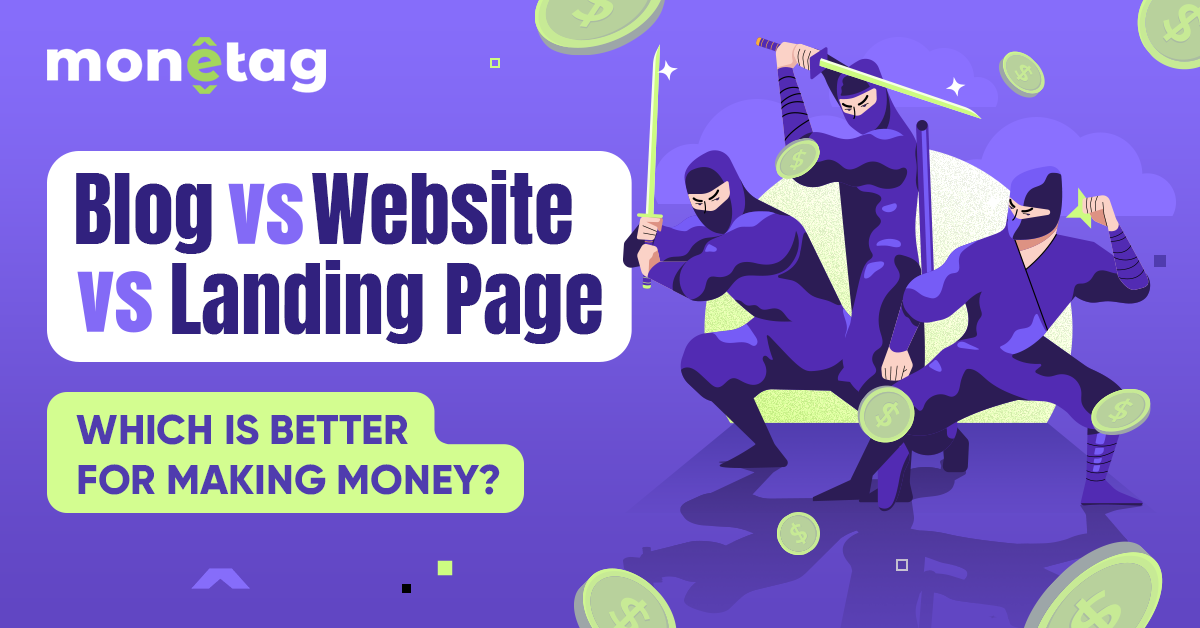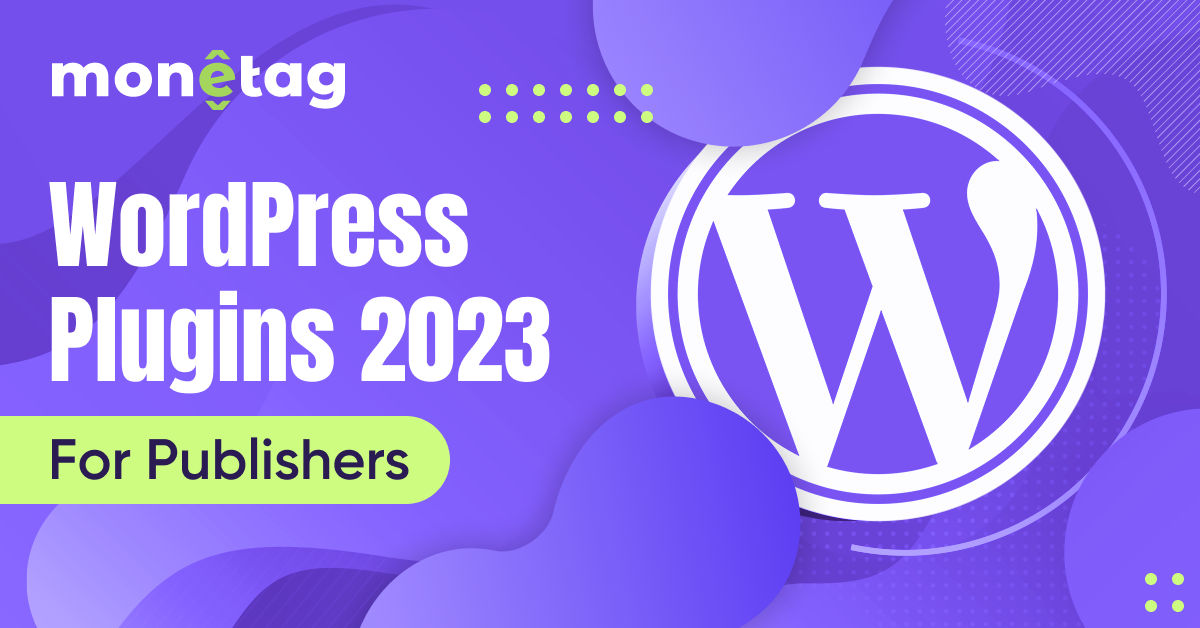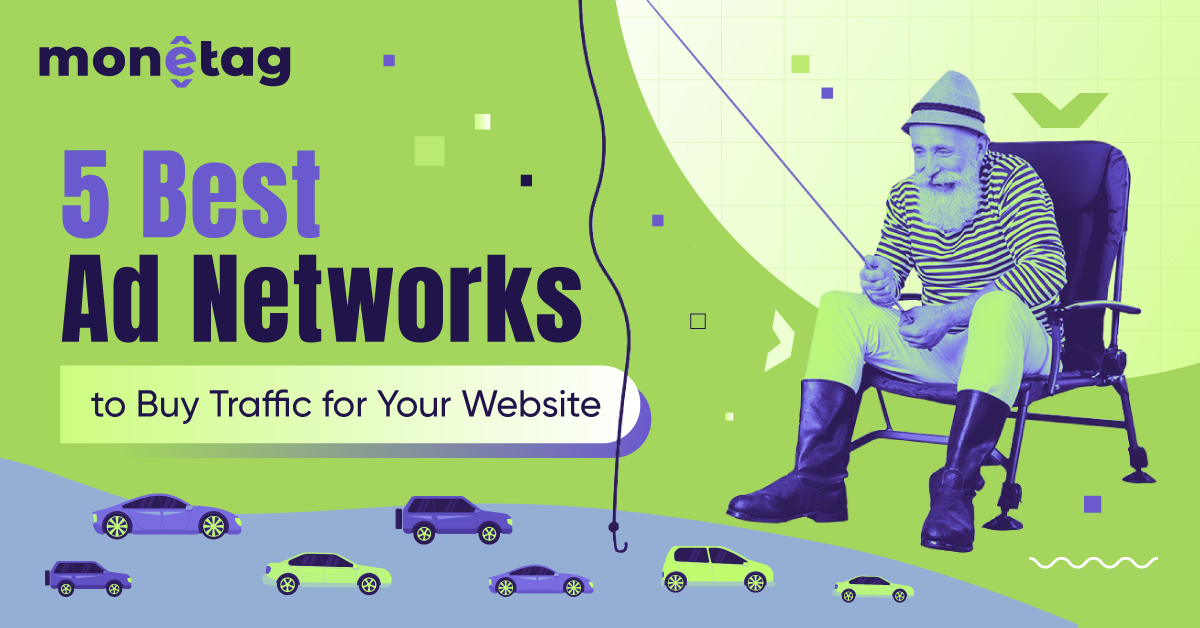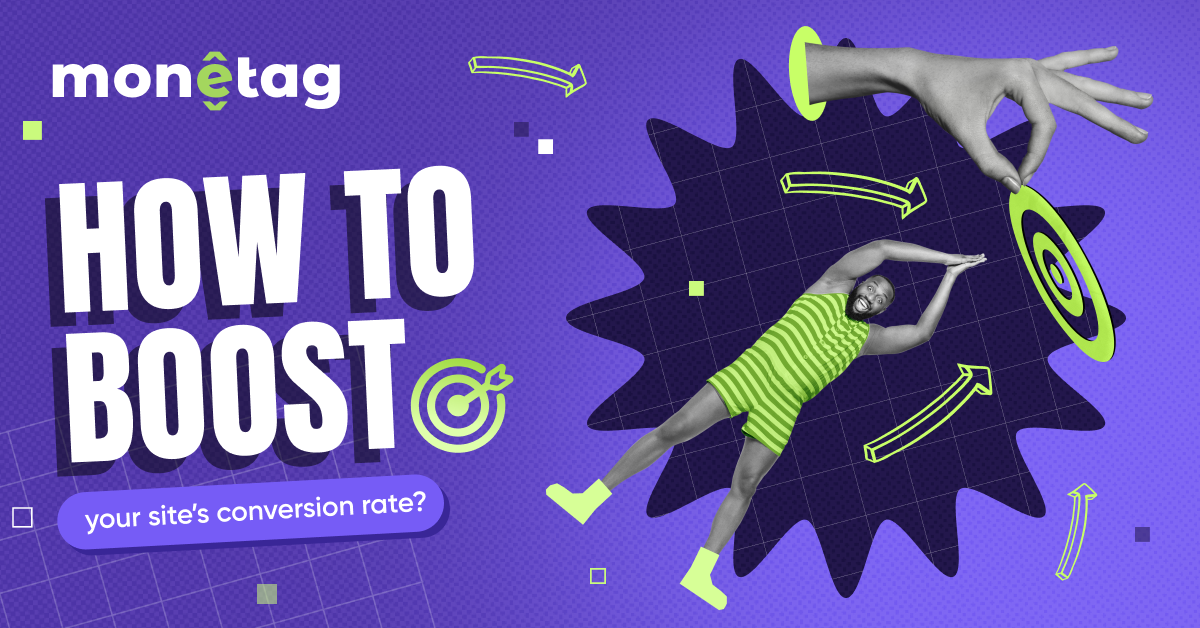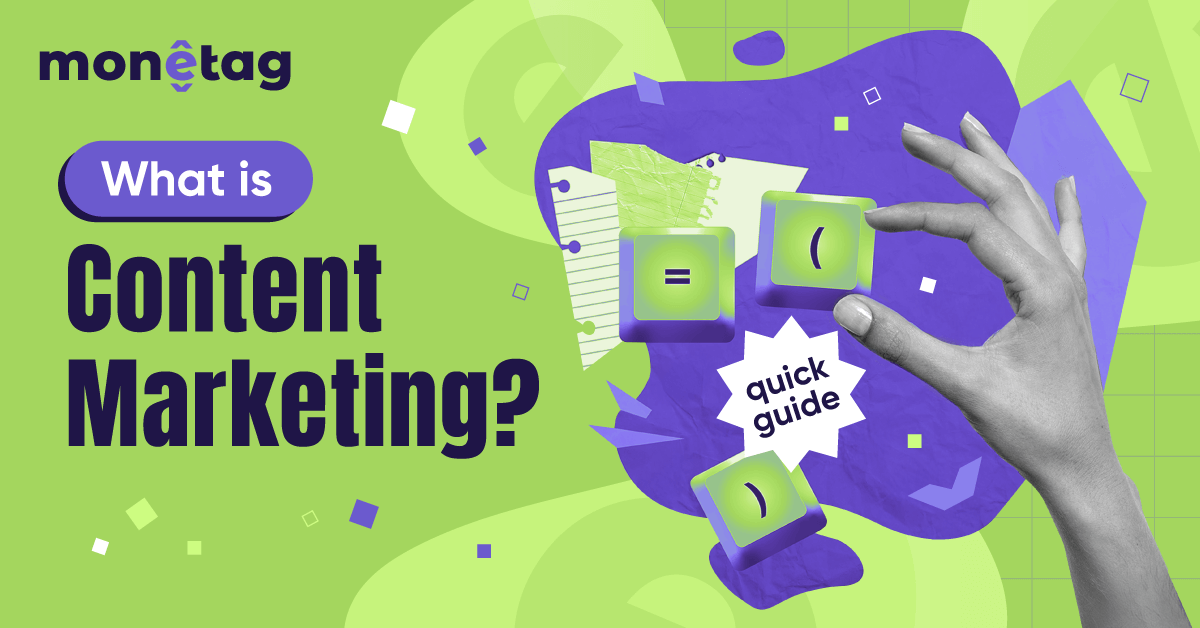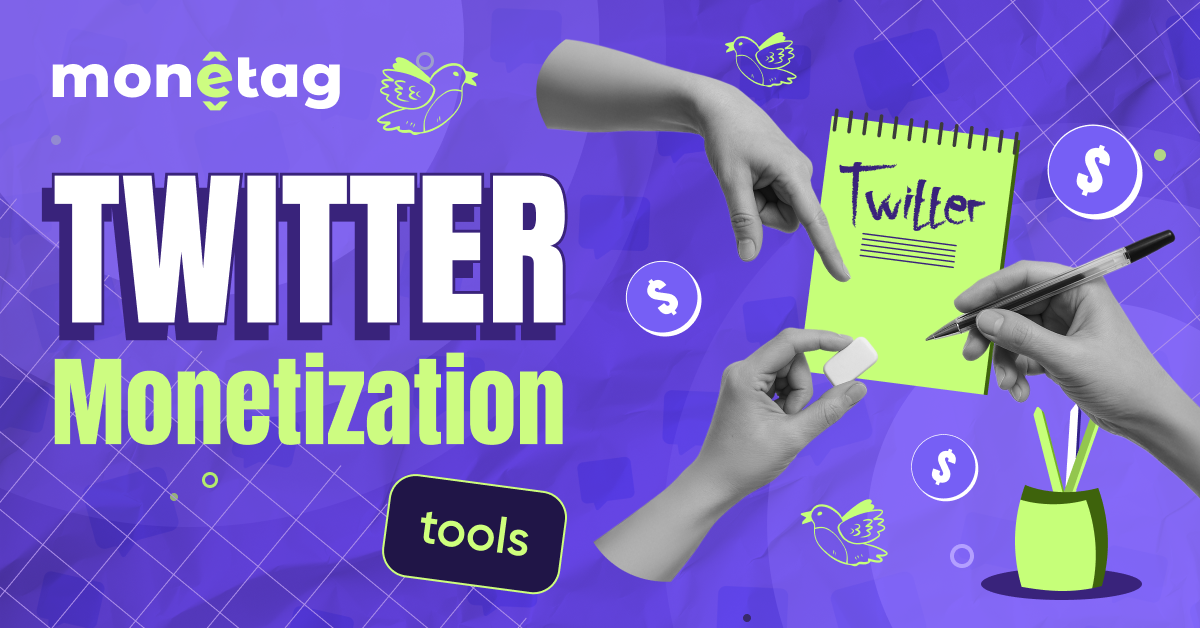How to Create a Blog (That Actually Gets Readers)

You know what? ‘How to create a blog’ is a simple question. Yes, starting a blog is easy. Making it successful? That’s the hard part.
A lot of people jump in, write a few posts, and wonder why nobody’s reading. Others spend months tweaking the design before even publishing anything. The truth is, the best blogs start simple, then grow.
Starting a blog is one of those things that seems simple at first glance – just pick a topic, write some posts, and hit publish. But if you’ve ever tried it, you know there’s more to it than that. The internet is crowded with abandoned blogs that never found an audience.
The difference between those and successful blogs usually comes down to planning and persistence.
This isn’t about quick tricks on how to create a blog. It’s about building something real. Whether you want to share your thoughts, promote a business, or even make money, here’s how to do it right.
Planning Your Blog
Before you learn how to create a blog website, register a domain, or install WordPress, you need to answer some fundamental questions. This planning stage might not feel as exciting as designing your site, but it’s what separates hobby blogs from ones that actually grow.
Choosing Your Niche
The most common mistake new bloggers make is being too broad. “I’ll write about travel” or “It’s a lifestyle blog” might sound good, but they make it incredibly hard to stand out. Think about it – why would someone read your general travel blog when there are already thousands out there?
Instead, successful bloggers find a specific angle. Maybe it’s budget travel for college students, or sustainable travel for families.
This focus helps in several ways: it makes your content more valuable to a particular group, helps with SEO, and makes promotional efforts more effective.
When choosing your niche, consider:
- What topics could you write about consistently for years?
- Is there evidence that people are searching for this information? (Check Google Trends, for example.)
- Can you bring a unique perspective or experience? (or hire experts and writers who can)
Researching Your Audience
Once you’ve settled on a general topic area, it’s time to understand who you’re writing for. Many bloggers skip this step and end up creating content that doesn’t resonate with anyone.
Start by identifying your ideal reader. Give them a name, age, and specific characteristics.
What problems do they have that your blog can solve? Where do they spend time online? What language do they use when talking about your topic?
Besides, it’s a good idea to spend time in online communities related to your niche. Read the questions people ask in Facebook groups or subreddits. Look at the comments on popular blogs in your space. This research will give you endless content ideas and help you craft messages that actually connect with readers.
Setting Up Your Blog
With your planning done, it’s time to build your online home. While the technical side can feel intimidating, today’s tools make it much easier than it was even five years ago.
How to Create a Blog on WordPress
WordPress remains the gold standard for serious bloggers because of its flexibility and control. There are two main ways to use it:
WordPress.com is the simpler, hosted version. It’s free to start, but it comes with limitations. You can’t install plugins, your URL will include “wordpress.com,” and monetization options are restricted. It’s fine for testing an idea, but most serious bloggers quickly outgrow it.
WordPress.org (self-hosted WordPress) gives you full control. You’ll need to purchase hosting and a domain name, but the investment is modest, typically less than $100 for the first year. The setup process is straightforward:
- Choose and register a domain name – keep it short, memorable, and relevant to your topic
- Select a hosting provider – SiteGround and Bluehost are popular choices for beginners
- Install WordPress – most hosts make this a one-click process
- Pick a theme – focus on clean, fast-loading designs like Astra
- Install essential plugins – start with SEO, caching, and security basics
The advantage of this approach is that you own everything and can grow without artificial limits.
How to Create a Blog for Free
If you’re not ready to invest money, free platforms can help you test your idea. Blogger (owned by Google) has been around for decades and is simple to use. Medium provides built-in audience potential but limited customization. WordPress.com’s free plan offers a middle ground.
The trade-off with free platforms comes in three areas:
- Branding – your URL will include the platform’s name
- Control – you’re subject to their rules and limitations
- Monetization – options are often restricted (But you can try the SmartLink)
For many bloggers, starting for free makes sense as a way to validate their idea before committing financially. Just understand that if your blog grows, you’ll likely want to move to a self-hosted solution eventually.
Creating Content That Ranks
Publishing content is just the beginning — creating content that actually gets found and read is where many bloggers struggle.
Writing Your First Posts
Your early content sets the tone for your entire blog. Many beginners make the mistake of either being too broad (“10 Travel Tips”) or too personal (“My Trip to Paris”). The sweet spot lies in creating posts that solve specific problems for your target reader.
Start with these foundational pieces:
- Pillar content: Comprehensive guides that cover core topics (e.g., “The Complete Beginner’s Guide to Solo Travel”)
- Problem-solvers: Posts addressing specific pain points (e.g., “How to Pack for Two Weeks in a Carry-On”)
- Evergreen resources: Content that remains relevant for years
Structure matters more than most beginners realize. A strong post should:
- Open with the reader’s problem
- Promise a solution
- Deliver clear, actionable advice
- End with the next steps
Basic SEO for Beginners
Search engine optimization isn’t about gaming the system — it’s about making your content accessible to both readers and search engines.
Start with keyword research using free tools like Google’s Keyword Planner or Ubersuggest. Look for:
- Terms with decent search volume
- Low-to-medium competition
- Clear intent (informational vs. commercial)
On-page SEO essentials include:
- Using your keyword naturally in headings and text
- Writing meta descriptions that encourage clicks
- Adding alt text to images
- Internal linking to your own relevant content
Remember: SEO is a long game. Some posts may take months to rank, but quality content compounded over time becomes your blog’s most valuable asset.
Getting Traffic for your Blog
Now you know how to create a blog – but how to create a successful blog, the one that people will read, subscribe to, and potentially bring you income? Creating great content is only half the battle — you need readers to find it.
Free Traffic Sources
Different niches respond to different promotion methods:
- Pinterest works exceptionally well for visual niches like food, DIY, and travel. Treat it as a search engine rather than social media—create vertical pins with clear text overlay that solve specific problems.
- Guest posting on established blogs in your niche builds both backlinks and authority. Start by identifying blogs that accept guest posts, then pitch unique angles that complement their existing content.
- Social media can drive traffic, but focus on one or two platforms where your audience actually spends time. A food blog might prioritize Instagram, while a business blog would focus on LinkedIn.
Paid Traffic Sources
If you have a monetization strategy in place, investing in paid traffic can be worthwhile, especially for promoting high-value content, affiliate products, or digital offers.
- Facebook & Instagram Ads. This will suit lifestyle, e-commerce, and niche blogs with visually appealing content. Use detailed targeting to reach specific demographics, interests, and behaviors – that’s also why you need to understand your audience first!
- Google Ads (Search & Display Network). This traffic source is best for informational blogs, affiliate marketing, and lead generation. Search Ads target high-intent keywords (e.g., “best budget laptops 2024”).
- Pinterest Ads are perfect for such topics as parenting, home decor, fitness, and similar ones. Promoted pins blend seamlessly with organic content, making them less intrusive.
- Native Advertising. It appears as “recommended content” on major publisher sites, so why not try out an ad network?
- Paid SEO Boosters. For example, AnswerThePublic & SEMrush Ads promote content directly in Google’s answer boxes.
What Doesn’t Work
Many bloggers waste energy on tactics that simply don’t deliver results. So, what mistakes should you avoid?
- Spray-and-pray promotion: blindly sharing every post across every social platform without a strategy. This scattershot method rarely works because it lacks focus and fails to build meaningful engagement anywhere.
- Ignoring analytics: those numbers tell you exactly what resonates with your audience, yet many creators never check or act on these insights. Check which posts perform best and create more like them.
- Neglecting email collection from day one. Perhaps the most costly mistake: while social media platforms constantly change their algorithms (or even disappear), your email list remains a direct line to your most engaged readers.
The truth about blog growth is that it’s rarely linear—it starts painfully slow, like pushing a snowball uphill, but gains momentum as you accumulate quality content and backlinks.
The bloggers who succeed understand this and stay the course when others give up.
How to Create a Blog and Earn Money?
Monetization should be considered from day one, even if you come up with it later in reality. A well-planned strategy ensures you build the right audience: the one that will bring you revenue when the time comes. Whether you’re blogging as a side hustle or aiming for full-time income, diversifying your monetization methods is key to long-term success.
Affiliate Marketing
One of the most beginner-friendly revenue streams, affiliate marketing involves recommending products you genuinely use and earning a commission for each sale.
It works best when you prioritize trust and relevance over pushing as many products as possible.
Key principles:
- Disclose partnerships transparently – Legal compliance and audience trust are non-negotiable
- Focus on products that solve real problems for your audience – Authenticity drives conversions
- Track which links convert best and optimize accordingly – Use analytics to refine your strategy
Many bloggers start with Amazon Associates but later expand to niche-specific affiliate programs with higher payouts.
Display Ads
Advertising is a passive income stream that works best for blogs with substantial traffic. While beginners often start with Google AdSense, other ad networks can sometimes suit you better and offer you bigger earnings once you hit traffic milestones.
Note: Ads shouldn’t overwhelm your content — balance revenue with user experience to keep readers engaged.
Digital Products
Creating your own digital products might result in higher profit margins and establish you as an authority in your niche. Unlike affiliate marketing, you keep 100% of the revenue (minus platform fees).
Here is what you can try to do:
- Ebooks work well for established audiences looking for in-depth knowledge.
- Online courses solve in-depth learning needs and can be sold repeatedly.
- Printable planners serve specific niches like productivity or education.
Platforms like Gumroad, Teachable, or Shopify can help you sell digital products with minimal upfront costs.
Services
Monetizing your expertise through services can generate income while strengthening your blog’s authority. This approach works especially well if you’re in a niche like marketing, finance, or coaching.
- Freelance writing in your niche – Leverage your blog as a portfolio.
- Consulting or coaching services – Offer one-on-one guidance for readers who need personalized help.
- Sponsored content creation – Brands may pay for dedicated posts or social media promotion.
- Services require more time than passive income streams, but can be highly lucrative.
Final Advice: Start Now, Improve Continuously
The perfect blog doesn’t exist — every successful blogger started with imperfect early posts. What matters is beginning, then refining based on real feedback and data.
Your next steps:
- Choose your niche (narrower than you think)
- Set up your blog (WordPress recommended)
- Publish your first post (solve one specific problem)
- Promote consistently (pick one channel to focus on)
Remember: Every big blog started small. What seems obvious to you could be life-changing for someone else. Your perspective matters — now go share it.


